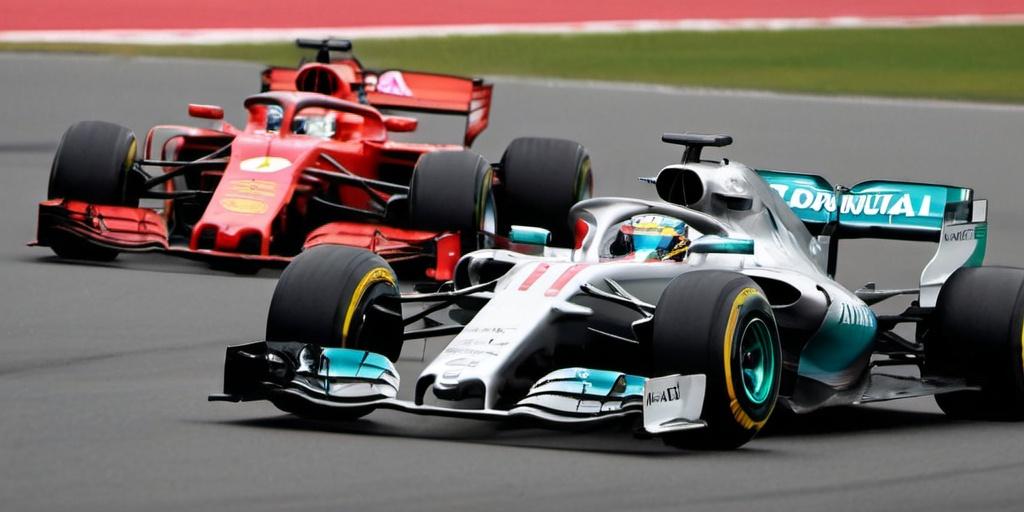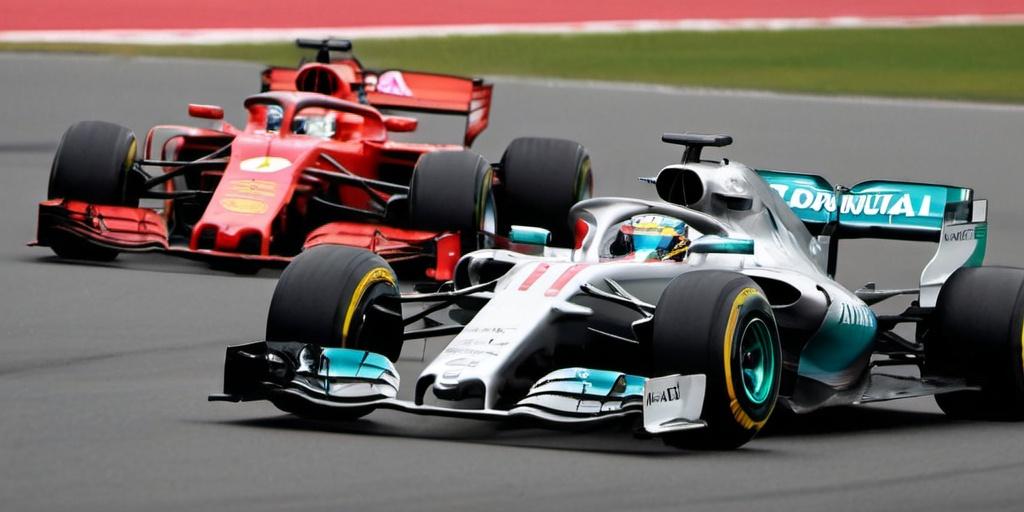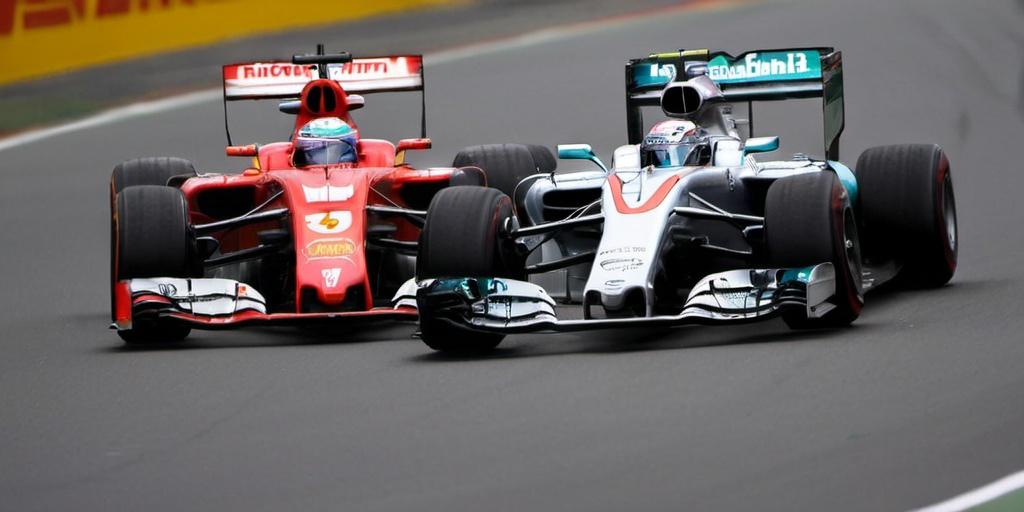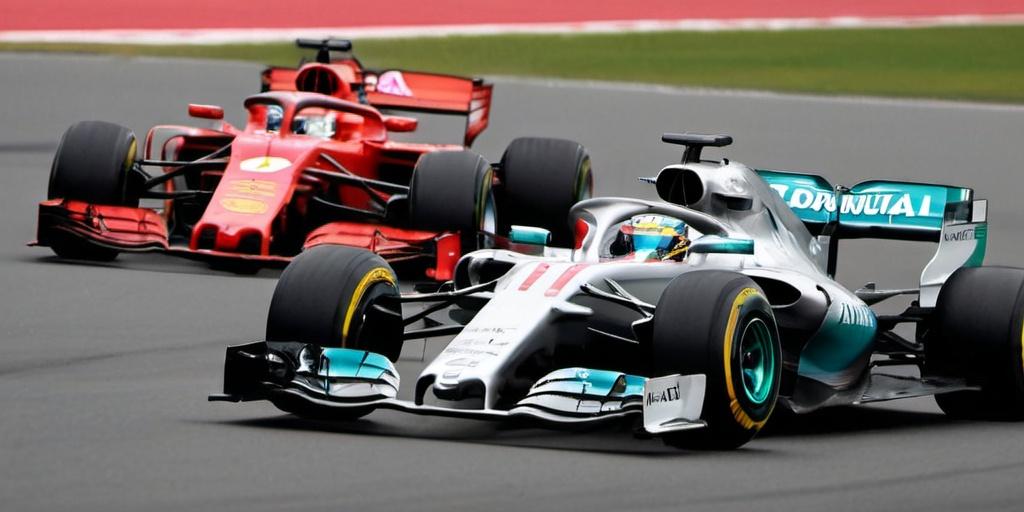Each Formula 1 race is one part of a larger championship season composed of multiple Grands Prix. Races typically take place on Sundays and follow a standard format: practice sessions, qualifying, and the race itself. The distance is set to either 305 kilometers or two hours of race time, whichever comes first, except in Monaco where the distance is slightly shorter due to the nature of the circuit.
All races begin with a standing start, preceded by a formation lap. Grid positions are determined by qualifying results. Points are awarded to the top ten finishers, with additional points for fastest lap under specific conditions. The standard distribution is 25 points for first, then 18, 15, 12, 10, 8, 6, 4, 2, and 1. One additional point is awarded for fastest lap if the driver finishes in the top ten.
Race strategies involve tire selection, pit stop timing, and adjustments based on weather and track conditions. Safety cars, virtual safety cars, and red flags can significantly alter outcomes. Most races include at least one mandatory pit stop due to tire regulations, unless rain tires are used.
Global Calendar
F1 races take place on five continents, with the calendar typically running from March to December. The number of races has steadily increased over the decades—from seven in 1950 to over 20 in recent seasons. The current calendar includes both traditional circuits and new additions designed for commercial appeal.
Iconic races include the Monaco Grand Prix, British Grand Prix at Silverstone, Italian Grand Prix at Monza, and the Belgian Grand Prix at Spa-Francorchamps. These events have historical significance and are known for challenging layouts and unpredictable outcomes.
Newer additions like the Singapore Grand Prix (first night race), the United States Grand Prix in Austin, and the Saudi Arabian Grand Prix in Jeddah reflect Formula 1’s expansion into new markets. Some tracks are street circuits; others are purpose-built. Race types, track widths, corner profiles, and pit lane layouts vary significantly from one event to another.
Evolution of Race Rules
The basic race structure has remained consistent since 1950, but race regulations have changed considerably. Early races had few safety measures and inconsistent procedures. Over time, the introduction of safety cars, better marshaling systems, and stricter car standards reshaped how races are managed.
In recent years, sprint races have been introduced at select events. These shorter races take place on Saturdays and set the grid for the main race. While not yet adopted universally, they represent a shift in how race weekends are structured. The traditional qualifying session remains the primary format for most events.
Fuel strategies were once central to race planning, but refueling during races was banned in 2010. Since then, tire management has become a bigger factor. Teams must now use at least two different tire compounds in dry races, forcing pit stops even in stable weather conditions.
Race Weekend Breakdown
A standard race weekend includes three practice sessions—two on Friday, one on Saturday—followed by a qualifying session to determine grid order. Race day is Sunday. Each race begins with a standing start after the formation lap. If a car stalls or fails to move, it can be pushed into the pit lane for a delayed start.
Incidents during races are reviewed by stewards, who can issue penalties for unsafe driving, track limit violations, or unsafe releases from the pit lane. Time penalties, drive-throughs, and grid drops can all be applied depending on the situation.
In wet conditions, the race can start behind the safety car. If conditions are too severe, the race may be delayed, suspended, or cancelled. Races that don’t reach 75% of the planned distance may award reduced points.
Historical Context
The number of F1 races per season has steadily increased. In 1950, there were just seven races. By the 1980s, there were around 15. Now the calendar regularly exceeds 20 Grands Prix, with some seasons targeting 24 events. This expansion has been driven by television contracts, new host countries, and efforts to globalize the sport.
Each Grand Prix has its own unique characteristics, and certain races carry more prestige than others. Monaco, for example, is considered the most recognizable race due to its layout and setting, though overtaking is limited. Monza is the fastest, while tracks like Suzuka and Spa are valued by drivers for their complexity and speed.
Race names are traditionally linked to the host country, though some circuits host multiple events under different titles. For instance, the Red Bull Ring in Austria has hosted both the Austrian and Styrian Grands Prix.
Factors Influencing Races
Weather is one of the most unpredictable elements in Formula 1 races. Wet races often neutralize car performance differences and introduce randomness. Teams must adapt strategies in real time, making tire choices and pit stop timing critical. Intermediates and full wets are the two options in rainy conditions, each with different performance windows.
Driver performance, team orders, mechanical failures, and pit stop errors also shape race results. The narrow margins between success and failure often turn races on single moments—misjudged overtakes, miscommunication over team radio, or poorly timed safety car deployments.
Points and Championship Impact
Every race affects both the Drivers’ and Constructors’ Championships. The consistent accumulation of points over a season determines title outcomes. Some drivers prioritize wins, while others focus on consistent podium finishes. Constructors’ points are calculated by adding both drivers’ scores from each race, which determines prize money and technical privileges for the following season.
Double-header weekends, back-to-back races on similar circuits, and altitude changes (such as at Mexico City) can introduce variable results. Track-specific car performance and weather adaptation often make certain teams stronger at particular venues.
The Role of Fans and Venues
Race venues often include significant fan engagement, especially at historically popular tracks. Ticket prices, travel accessibility, and local support influence attendance. Some races, like Silverstone or Zandvoort, attract national crowds with strong support for local drivers.
The rise of night races and races in urban centers has also been aimed at expanding the television audience. Events like Singapore, Las Vegas, and Miami are designed as entertainment packages, blending sport with concert lineups and marketing activations. While purists sometimes question the value of such events, they contribute to Formula 1’s commercial growth.
Races as a Commercial Product
F1 races are not standalone events. They are part of a global business model. Hosting fees, broadcast rights, sponsorship exposure, and hospitality programs are built around race weekends. Each event contributes to the revenue shared between Formula One Management, teams, and circuits.
Teams plan development cycles based on the race calendar. Updates to cars are often introduced at specific races with high downforce requirements or long straights. Some circuits expose weaknesses in car design, leading to larger gaps between competitors.
Race Trends and Data
Modern F1 races are data-heavy. Every car is fitted with dozens of sensors transmitting live information to team engineers. This data influences in-race decisions such as tire changes, fuel management, and ERS deployment. The use of telemetry has increased precision but also limited the role of instinctive driving in some scenarios.
The average number of overtakes per race, pit stops, and retirements varies widely depending on track layout. Circuits like Baku and Montreal produce more chaotic races. Tracks like Abu Dhabi and Monaco tend to produce processional races unless external factors like safety cars intervene.
Summary
F1 races have evolved into carefully regulated, strategically complex events that form the backbone of the championship. Each one brings a different set of challenges—from high-speed straights to tight urban corners, from scorching track temperatures to sudden downpours.
They are not just contests of speed but tests of planning, adaptation, and execution under pressure. Every detail—from tire choice to formation lap procedure—can determine the final result. Across decades, they have defined drivers’ careers, shaped team reputations, and driven the ongoing story of Formula 1.




